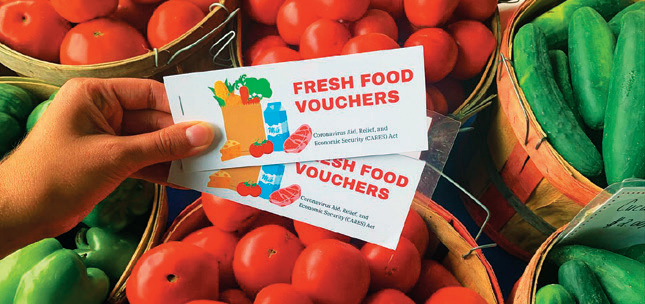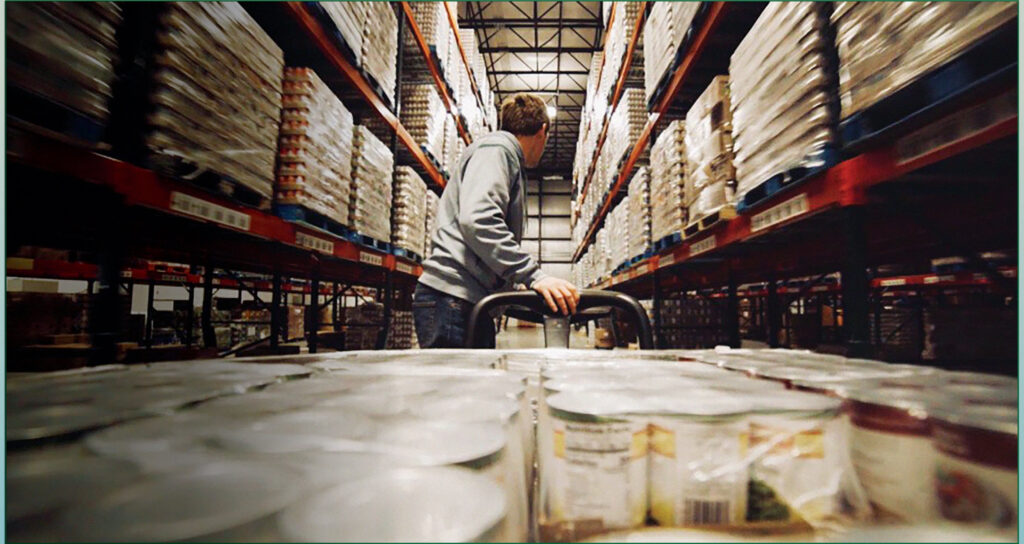These Tennessee food banks provide meals and more to their communities
There were 35 million food-insecure people in the U.S. in 2019, or 10.9 percent of the U.S. population, according to Feeding America’s map on food insecurity. This means that 35 million people in the U.S. did not know how they would get their next meal or from where.
Due to the ongoing COVID-19 pandemic, Feeding America estimates that in 2021, more than 42 million Americans are at risk of food insecurity and are struggling with hunger.
This number stems from Feeding America’s study on COVID-19’s impact on food insecurity. The study also says it will likely take time to rebound from the pandemic, listing that it took nearly 10 years for food insecurity numbers to recover from the Great Recession in 2008.
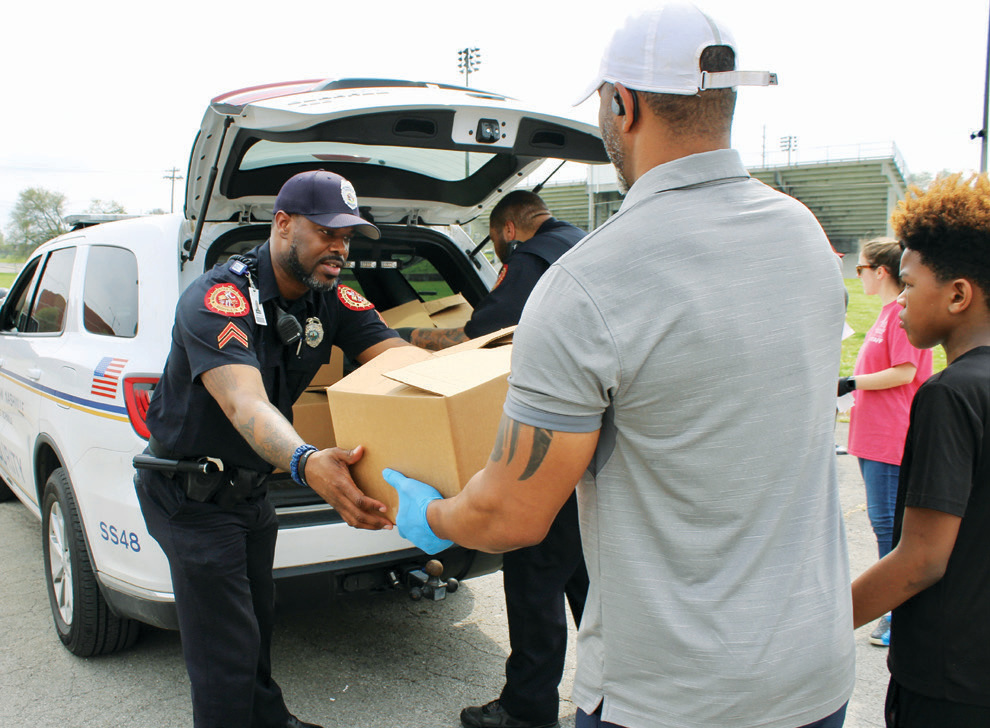
“The pandemic certainly exacerbated the food insecurity rates in our country,” said Madison Harmon, communications and digital media coordinator at Second Harvest Food Bank of East Tennessee. “Folks who have never had to think about utilizing a food bank are having to seek out their resources.”
The South is among the highest populations of food insecurity, and Tennessee is relatively high in the rankings with 13.3 percent of Tennesseans at risk of hunger. Harmon said as more data comes in, the numbers will change.
“While the numbers are hard to grasp as we are still in the midst of the pandemic and will continue to see the effects of it, more than 905,000 people in the state of Tennessee are food insecure,” Harmon said.
There are five food banks in Tennessee that cover all 95 counties in the state: Chattanooga Area Food Bank, Mid-South Food Bank, Second Harvest Food Bank of East Tennessee, Second Harvest Food Bank of Middle Tennessee and Second Harvest Food Bank of Northeast Tennessee.
“We are all members of Feeding America and have all stayed very well-connected as we navigated the waters of a global pandemic and beyond,” Harmon said.
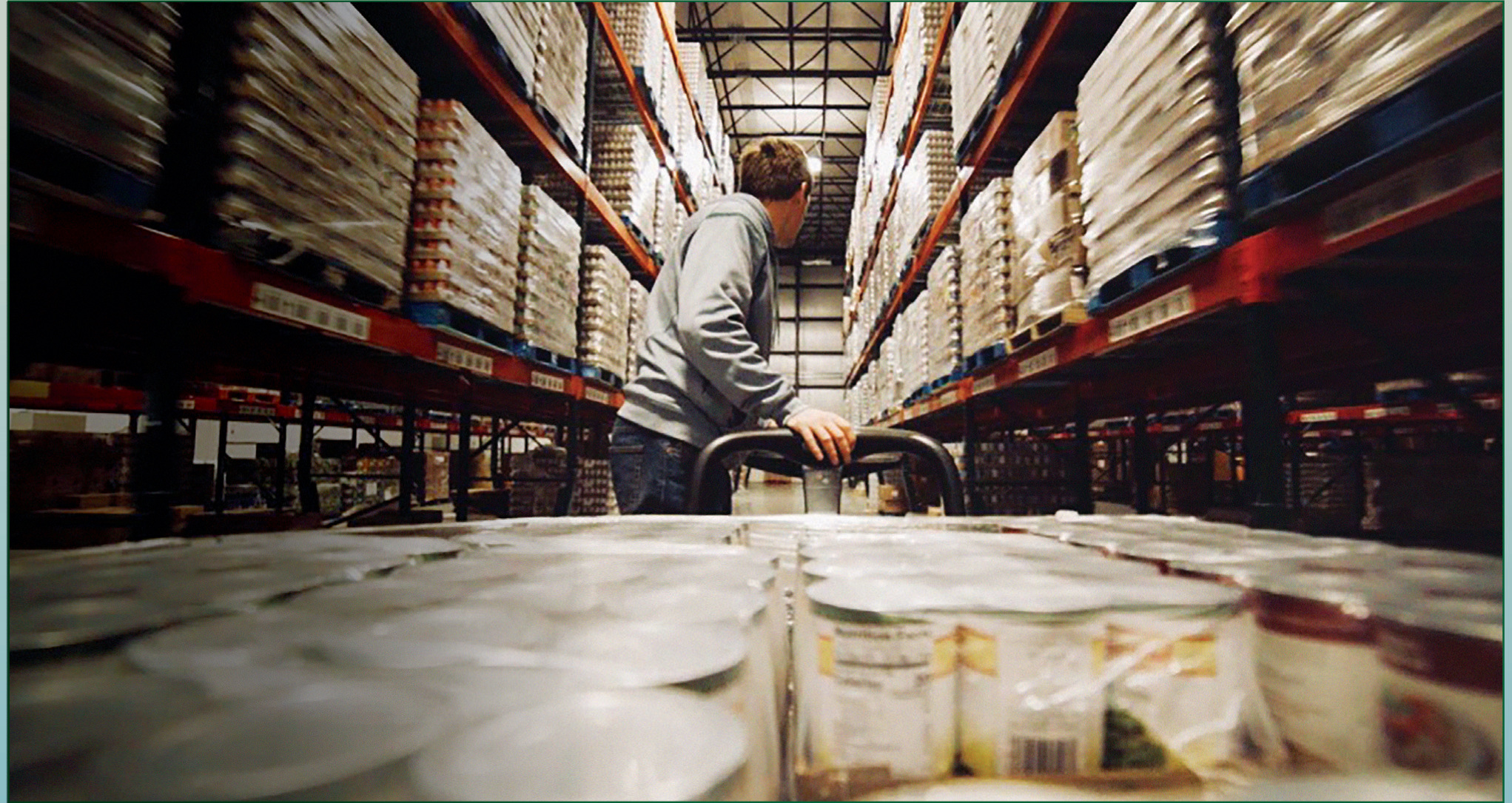

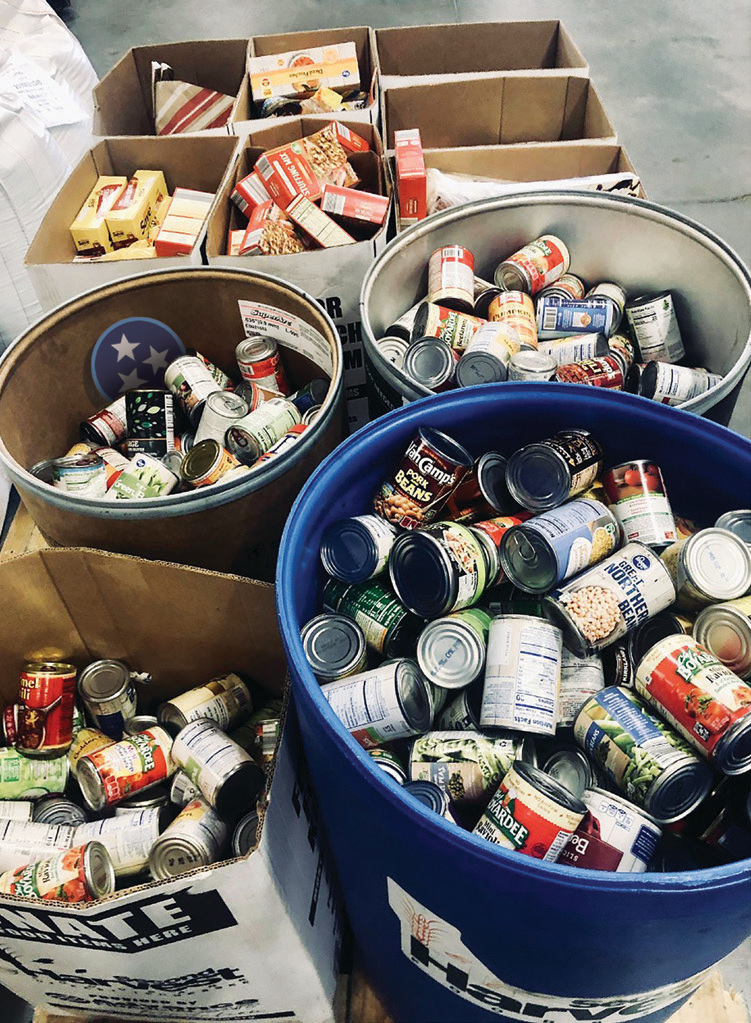
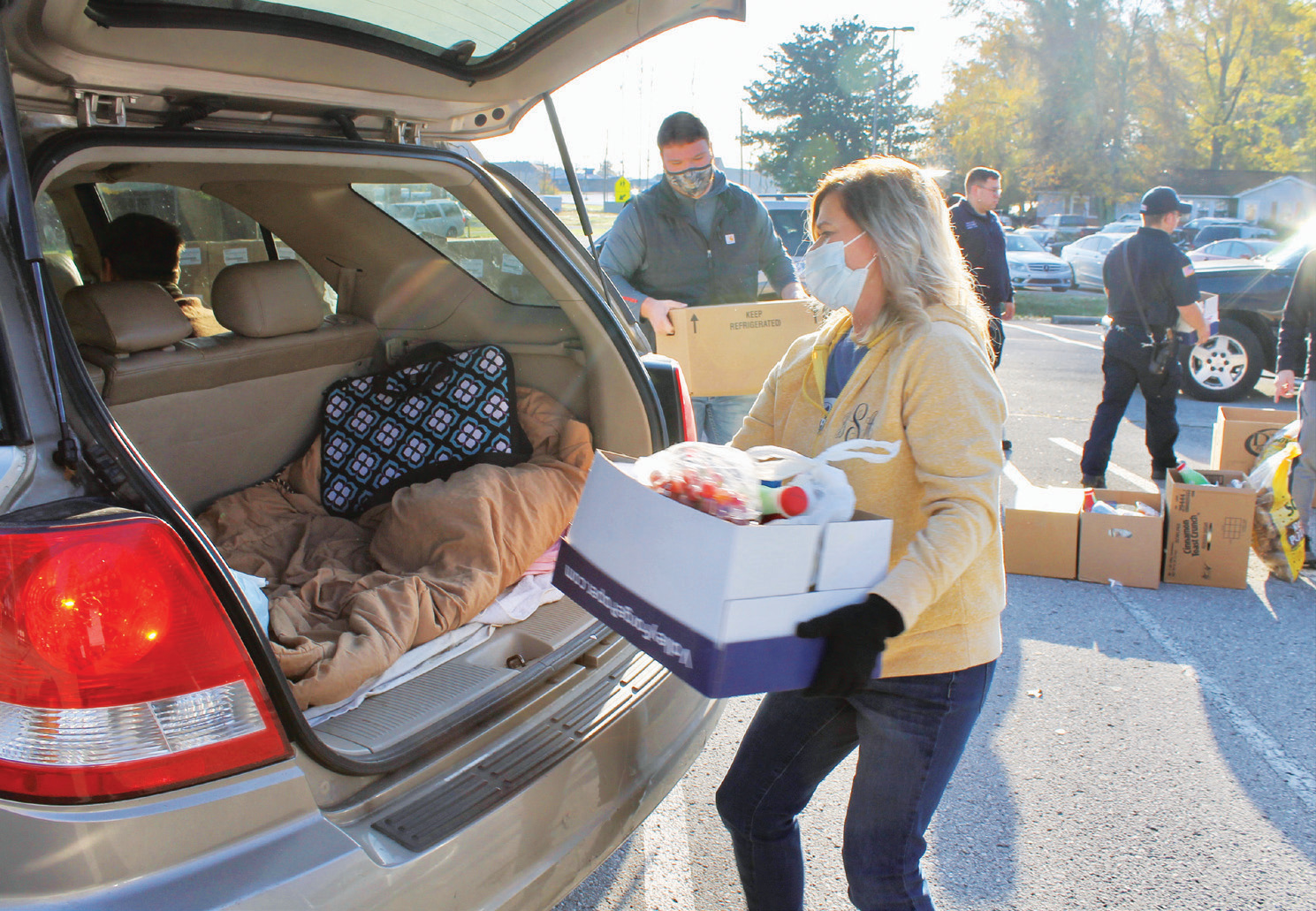
The food bank facilities are used to source, acquire, sort and distribute food. Banks receive donated and surplus food from a variety of sources — from grocery stores to farms to manufacturers to individuals — and when all of that food is brought to the warehouses, it is inspected and sorted by volunteers and stored. Food banks also raise funds to buy food at bulk prices and fund feeding programs.
The food is then distributed to the food bank’s partner agencies, including afterschool programs, soup kitchens, senior centers and nonprofits that provide food for hungry people in their communities.
Second Harvest Food Bank of Middle Tennessee is one of the largest and most comprehensive of more than 200 food banks and food distribution centers nationwide. In 2020, Second Harvest Food Bank of Middle Tennessee distributed more than 41 million pounds of food to more than 450 partner agencies in Middle and West Tennessee, said Chanel McDaniel, director of marketing and communications at Second Harvest Food Bank of Middle Tennessee.
“Distributing this food through our network of partner agencies provided more than 36.5 million meals to hungry children, families and seniors throughout our 46-county service area,” McDaniel said.
“Our organization started in 1978 with a purpose to provide a central distribution center for companies, groups and individuals who wished to provide food for hungry people,” McDaniel said. “Second Harvest Food Bank of Middle Tennessee was designed to collect food that would otherwise be wasted, inspect and sort this food and distribute it to soup kitchens, pantries and shelters serving Tennesseans experiencing hunger.”
Second Harvest Food Bank of East Tennessee covers 18 counties with more than 95 agencies. One in five people in East Tennessee lives in poverty and has difficulty meeting basic needs, and Harmon said the food bank is trying to change that statistic within its area.
“Second Harvest Food Bank of East Tennessee strives to take the stigma out of using a food bank,” Harmon said. “Food is a basic human need, and Second Harvest believes that each of our neighbors has the right to have access to food. Our vision is to have adequate nutrition for a healthy life for adults, seniors and children in our 18-county service area.”
Both food banks also offer feeding programs — ranging from ones that help with child hunger to senior outreach programs — to help their communities.
How can people donate to the cause? “Donate food, donate time, donate money,” McDaniel said.
“Food drives are always extremely important to food banks,” Harmon said. “We often use the food collected from food drives to put together emergency food boxes, senior food boxes and other food for our partner agencies.”

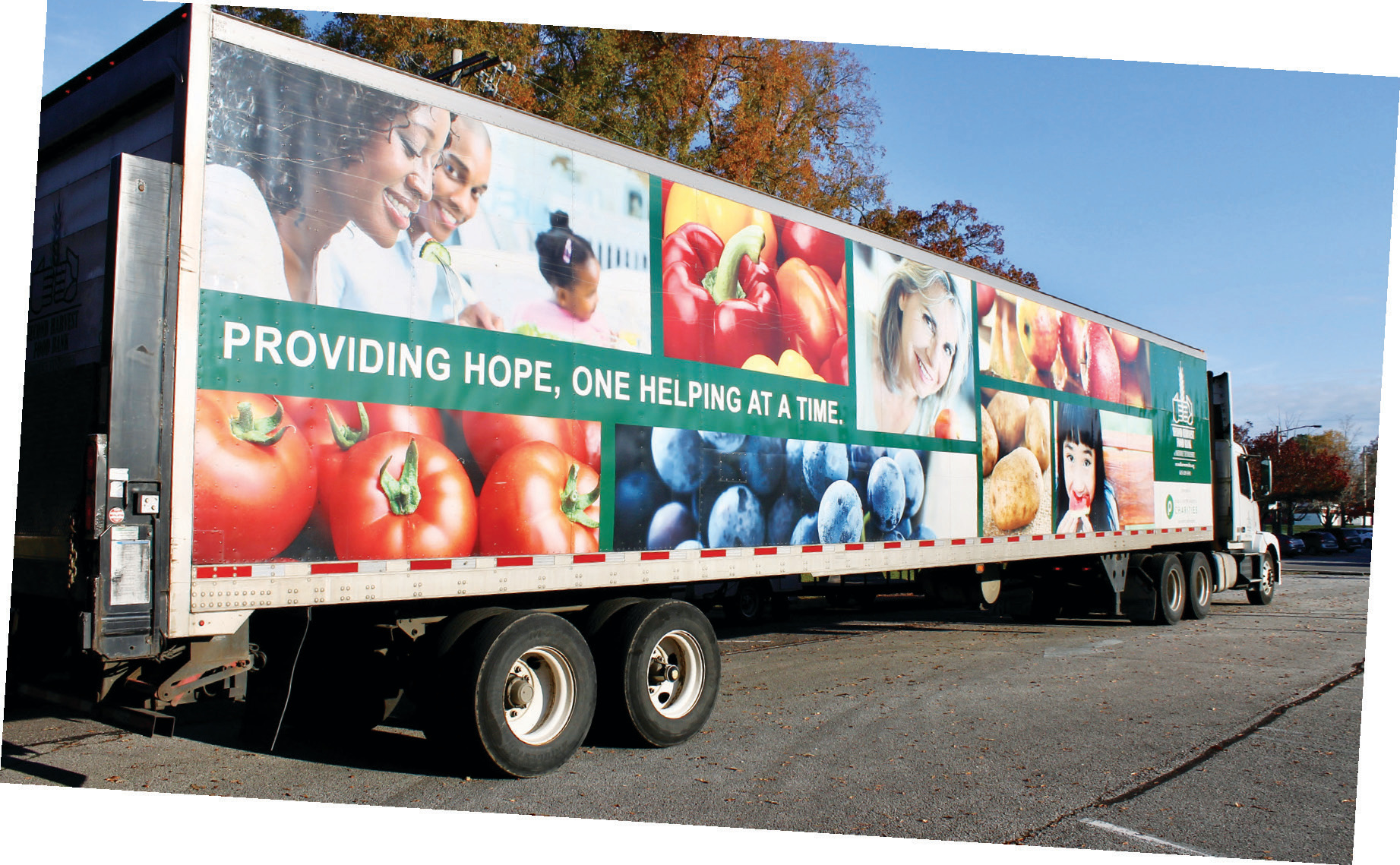
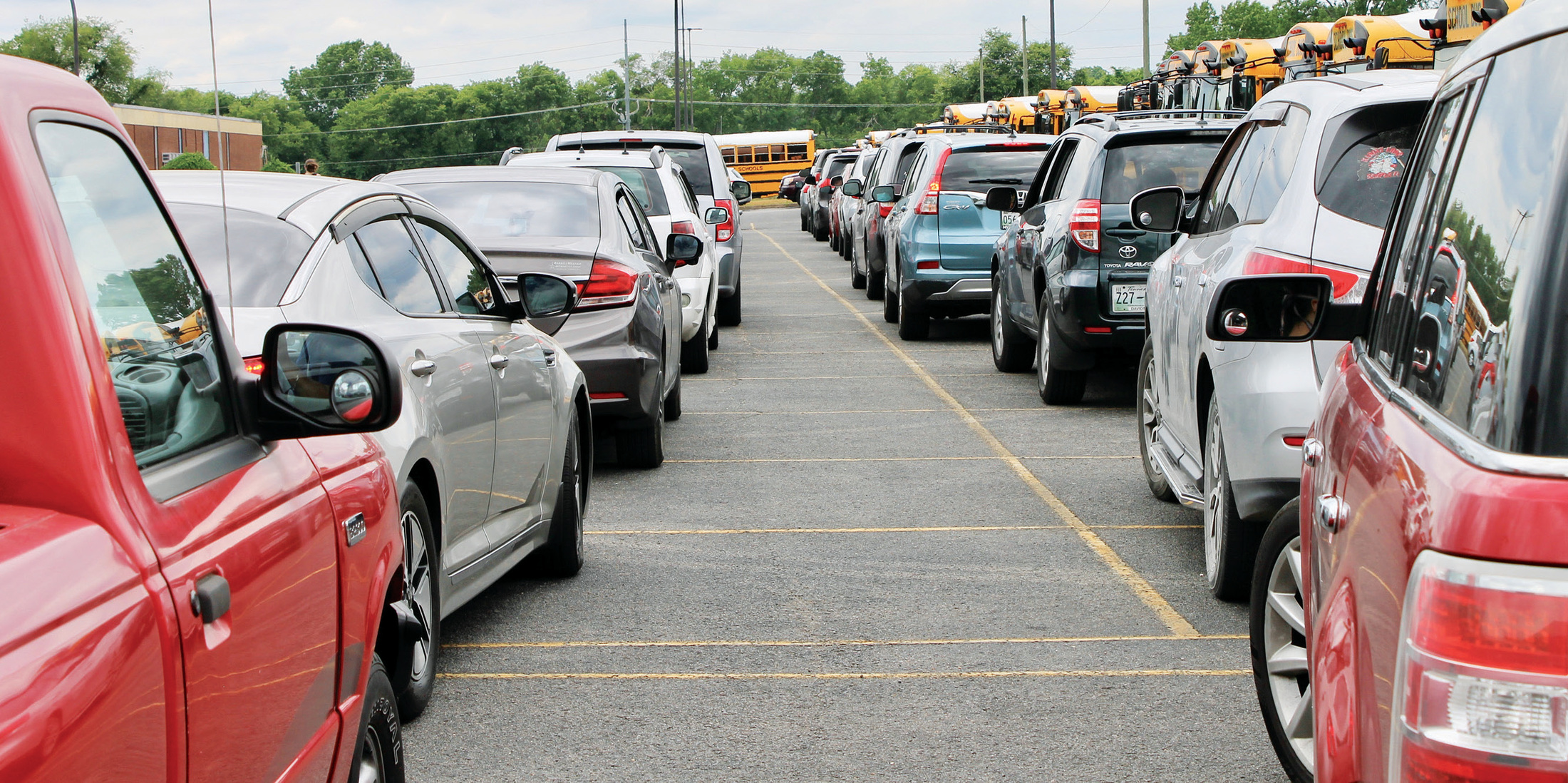
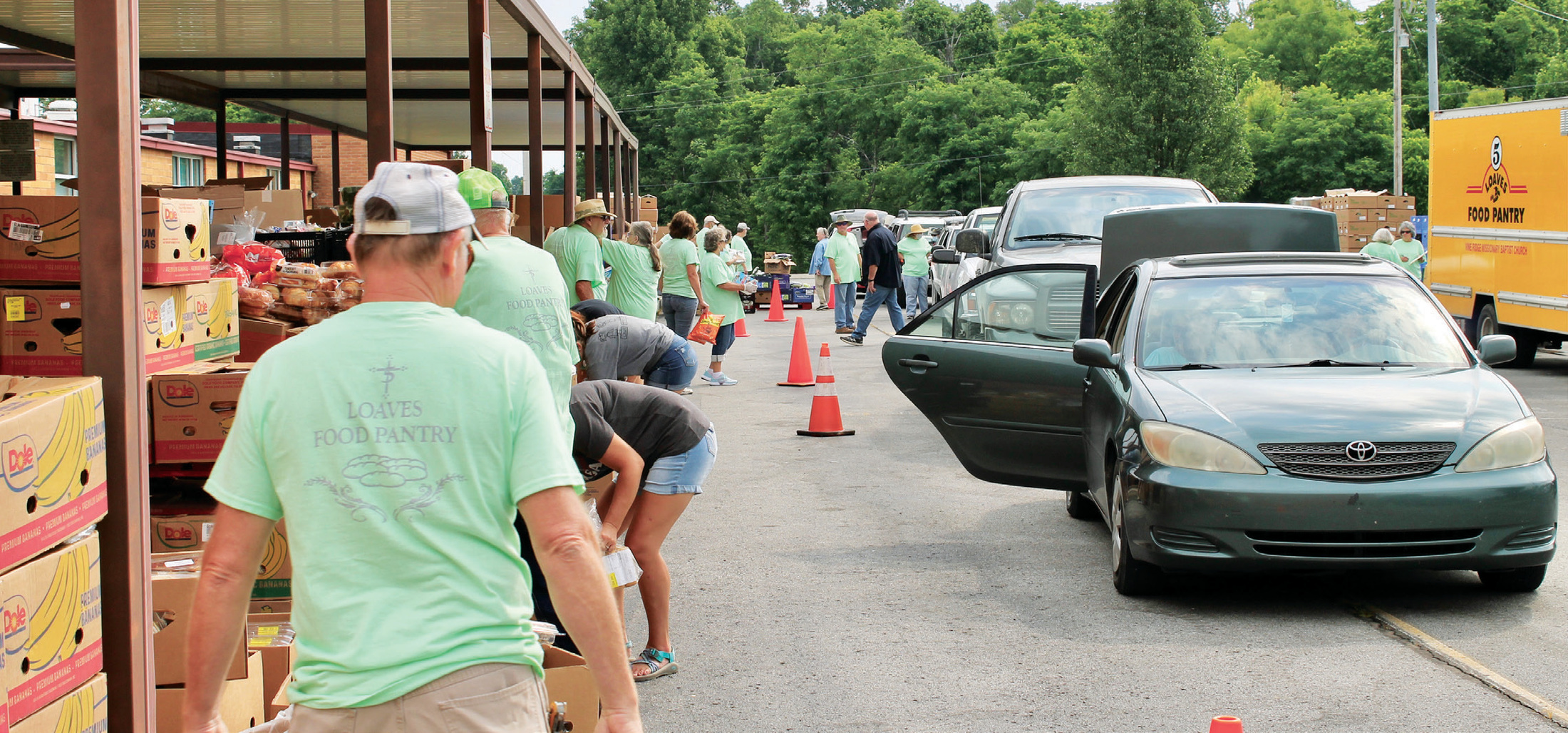
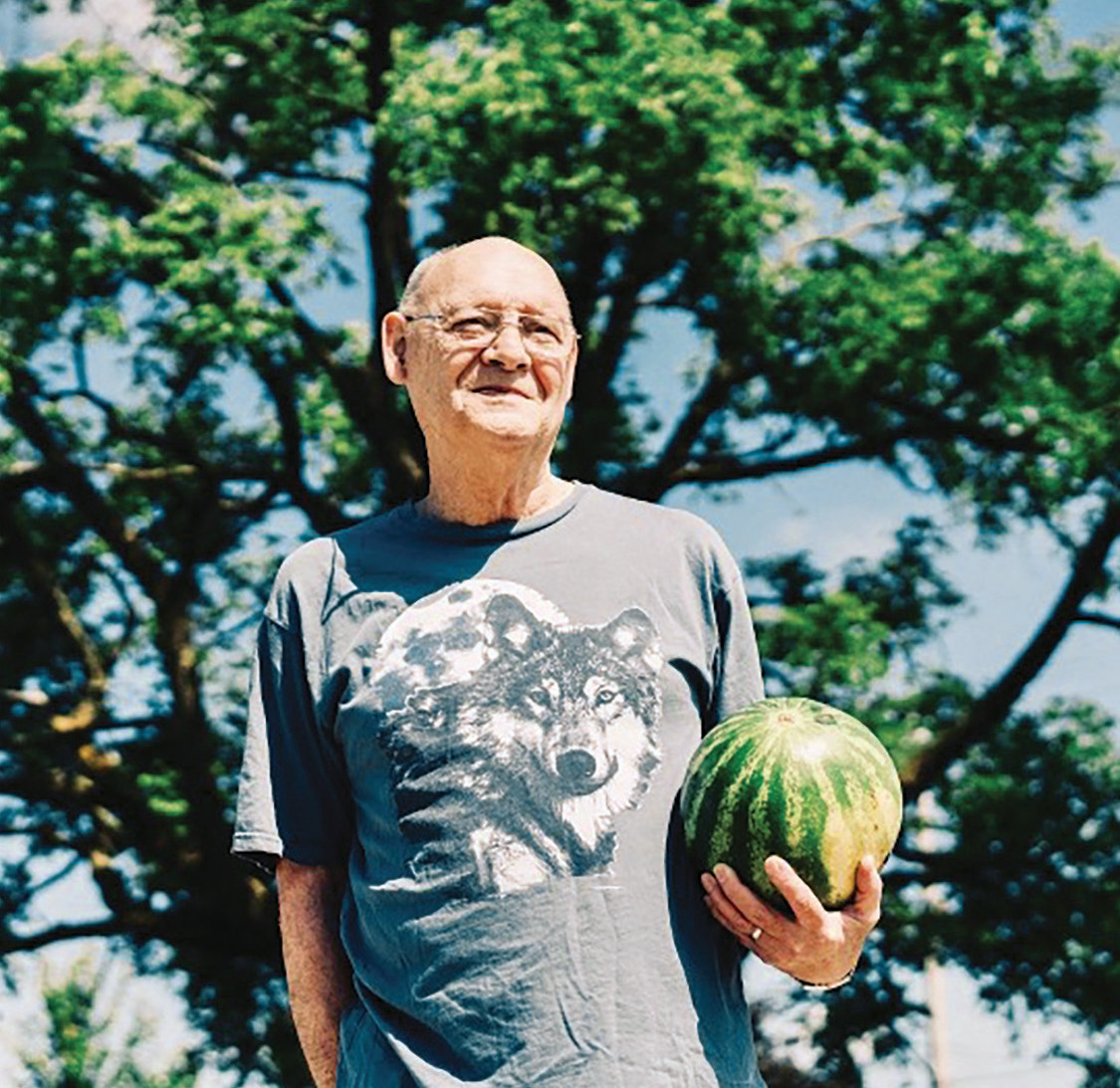
One dollar equals three meals at Second Harvest Food Bank of East Tennessee and four meals at Second Harvest Food Bank of Middle Tennessee, so even a little bit of money helps, McDaniel said.
“But it doesn’t just have to be money; we cannot do what we do without volunteers who are willing to generously donate their time,” McDaniel said.
Last year, Second Harvest Food Bank of Middle Tennessee’s dedicated volunteers donated more than 71,000 hours. Second Harvest Food Bank of East Tennessee boasts over 17,000 volunteer hours donated each year, which helps keep its warehouse running.
“Our volunteers do a variety of tasks to keep the Food Bank running, but one of the most important is that they help sort the food so they can get it out quickly to partner agencies and into the hands of those struggling with hunger,” McDaniel said.
“If you aren’t in a place where you are able to donate food, donate time or donate money, then simply tell people about the food bank, follow us on social media and share our posts to get the word out,” McDaniel said. “Our vision is to live in a community where no one is hungry, and we need your help so people know about our services for those who may be struggling and may not know where the next meal is coming from.”
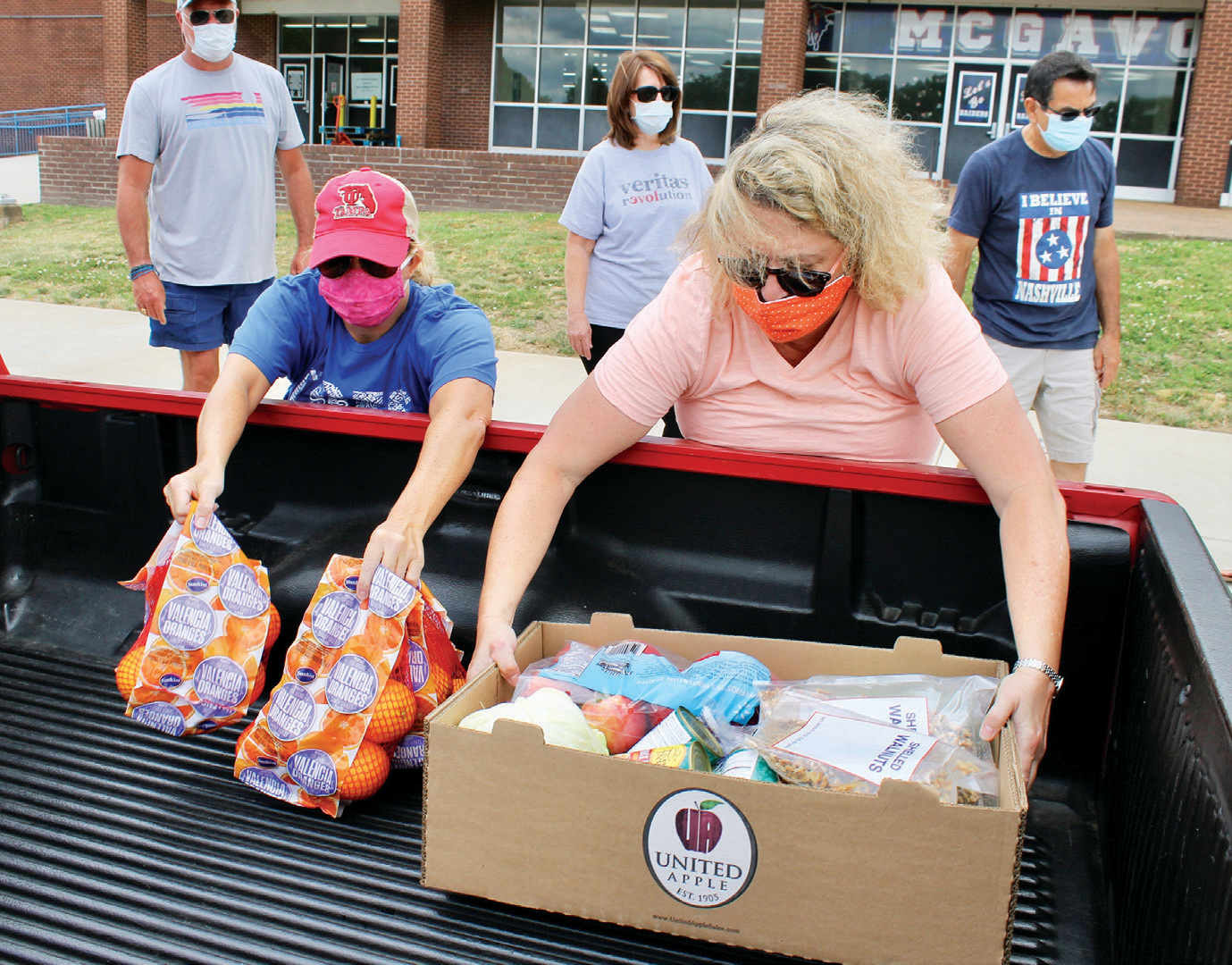
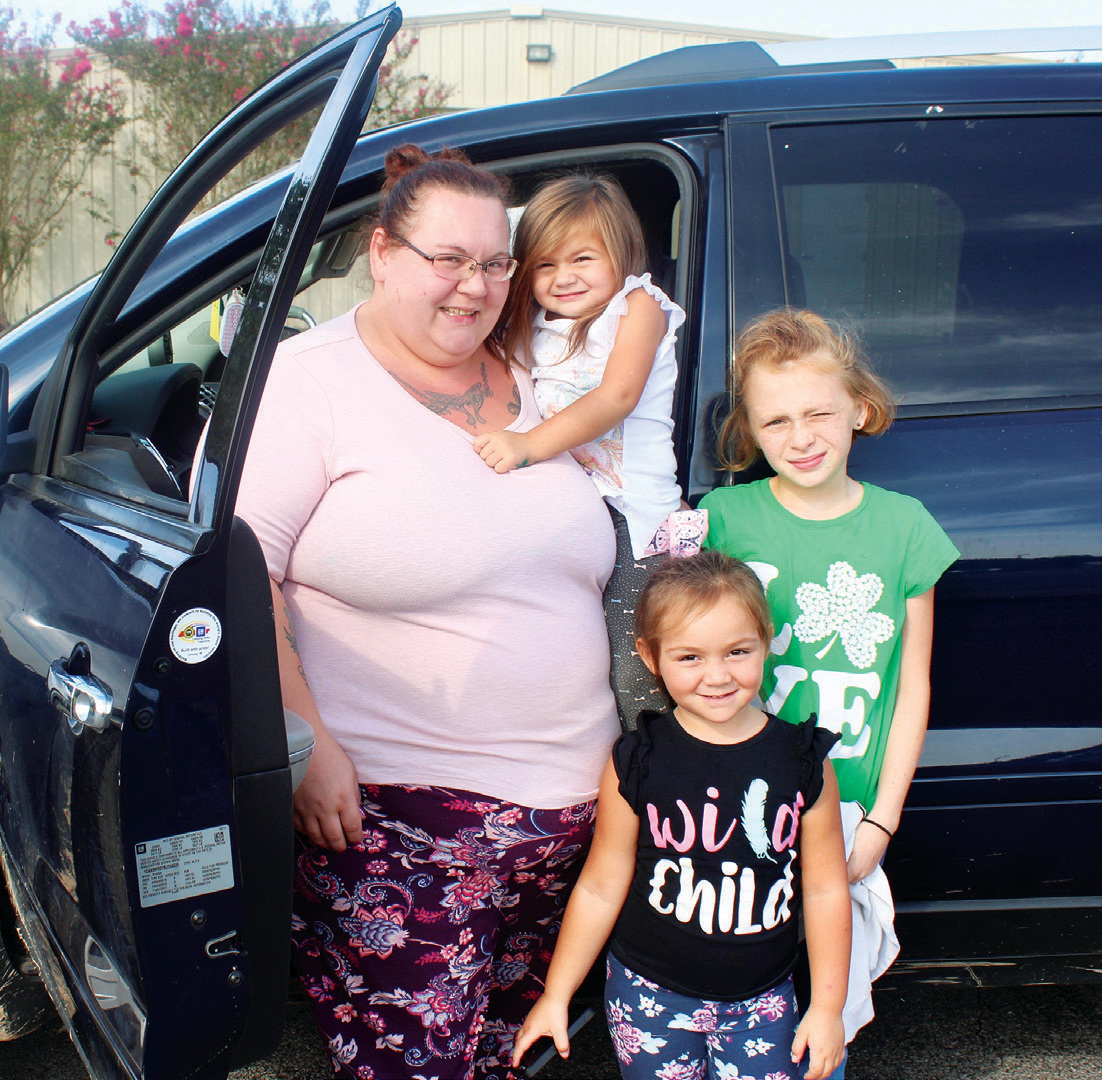
One in eight people in Tennessee is struggling with hunger, along with one in seven children, according to Feeding America’s statistics on hunger in Tennessee.
“These are our neighbors and those we may see and not even know that they are struggling,” McDaniel said.
Advocate by educating yourself, your friends and your family about hunger in your community, Harmon said.
“Hunger has no race, age, ethnicity, sexuality, demographic; hunger is all around us,” Harmon said. “It is important to be educated about food insecurity and what small steps you can take to fight hunger.”
“While many of us are shopping for decorations, special food and presents this holiday season, some of our neighbors across Tennessee are struggling with lingering financial hardships caused by the pandemic,” McDaniel said.
“While the world is healing and folks are getting back to ‘normal,’ we will see the snowball effects roll in from neighbors who may have never needed to use a food bank before,” Harmon said. “The need will always be there, but together we are fighting hunger and feeding hope in our community.”
Second Harvest wants to make sure our Tennessee neighbors have a similar holiday experience to families with plenty to eat, Harmon said.
“The holidays are often the hardest time of year for families, but being able to put full meals on their tables during the holiday season is a priority to the food bank,” Harmon said.
The food banks make sure to order holiday foods like turkeys, sweet potatoes, corn and green beans and encourage food drives during this season to be holiday-focused as well, “so that all of us are able to gather around different tables, enjoying the same foods,” Harmon said.
“This winter, many of our community members don’t know where their next meal is coming from,” McDaniel said. “Those who are able can put hope back on the table this holiday season by donating to Second Harvest.
“Hunger never takes a holiday.”
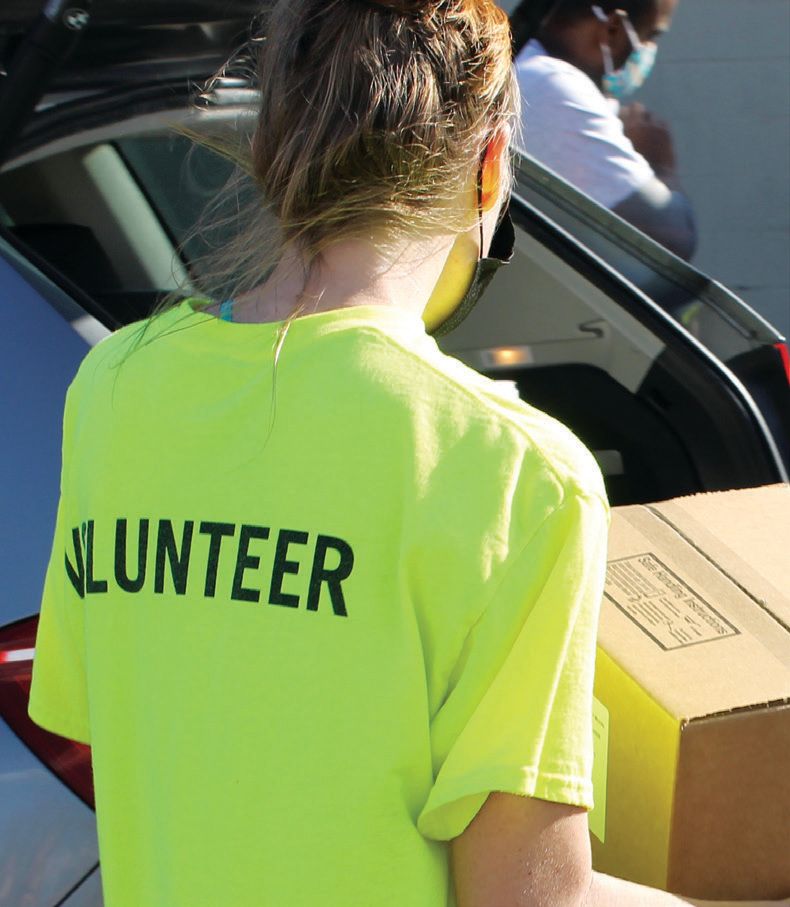
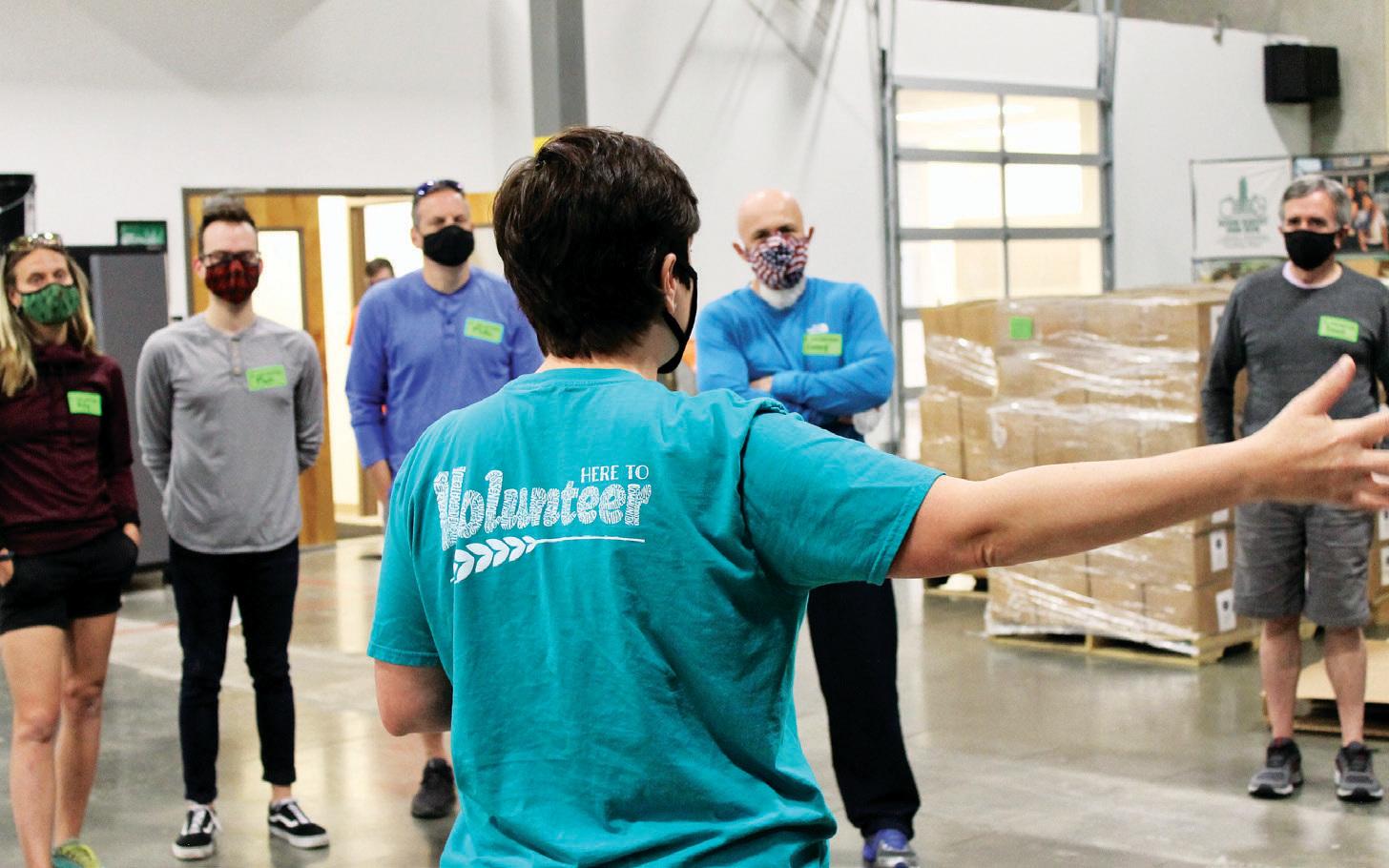
How to Help, What to Give, Where to Go
For more information on hunger and all five Feeding America food banks in Tennessee, be sure to go to feedingamerica.org/hunger-in-america/Tennessee.
Five Feeding America Food Banks that Serve Tennessee
Second Harvest Food Bank of Middle Tennessee
Nashville • 615-329-3491 secondharvestmidtn.org
Donate: secondharvestmidtn.org/donate-now
Get Help: secondharvestmidtn.org/get-help
Second Harvest Food Bank of East Tennessee
Maryville • 865-521-0000 secondharvestetn.org
Donate: community.secondharvestetn.org/donate
Get Help: secondharvestetn.org/find-a-food-pantry
Second Harvest Food Bank of Northeast Tennessee
Kingsport • 423-279-0430 netfoodbank.org
Donate: netfoodbank.org/donate
Get Help: netfoodbank.org/help
Chattanooga Area Food Bank
Chattanooga • 423-622-1800 chattfoodbank.org
Donate: chattfoodbank.org/cafb/give
Get Help: chattfoodbank.org/cafb/help
Mid-South Food Bank
Memphis • 901-527-0841 midsouthfoodbank.org
Donate: midsouthfoodbank.org/ways-to-give-donate
Get Help: midsouthfoodbank.org/find-food
What to Donate (Most-needed items):
- Peanut butter
- Canned chicken, tuna and meats
- Canned fruit and vegetables
- Canned beans
- Canned soups and stews
- Pasta and rice
- “The most needed items at the food bank stay pretty consistent; proteins are SUPER valuable and usually our No. 1 ask!” Harmon said.
What not to donate:
- Perishable food
- Bread or baked goods
- Items that require refrigeration
- Anything in glass jars
- Food with packaging concerns (rips, tears, dents or bloated cans)
- Expired food
- Anything homemade
- “A good rule of thumb: If you would not serve it to a friend or family member, chances are the food bank would not either!” Harmon said.
